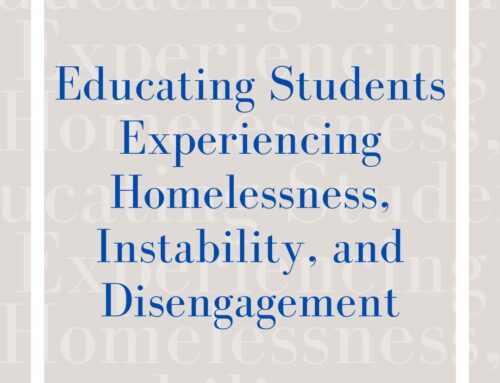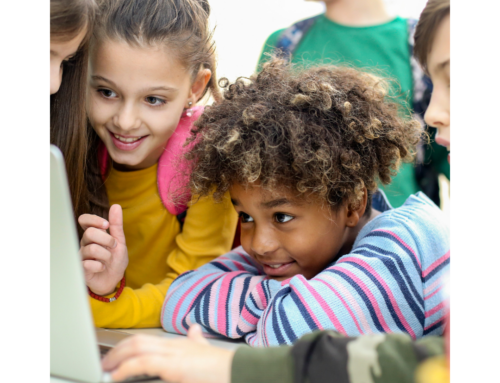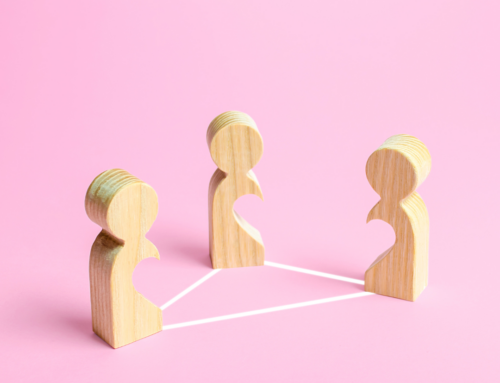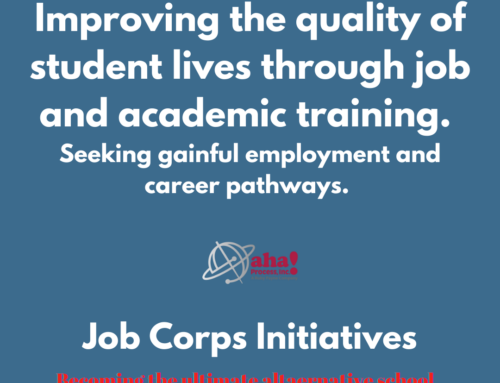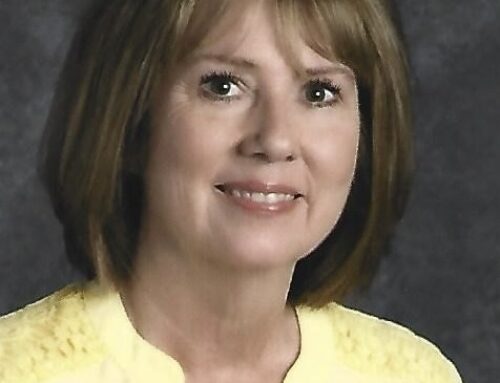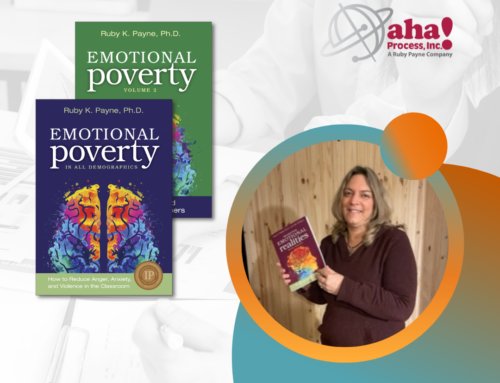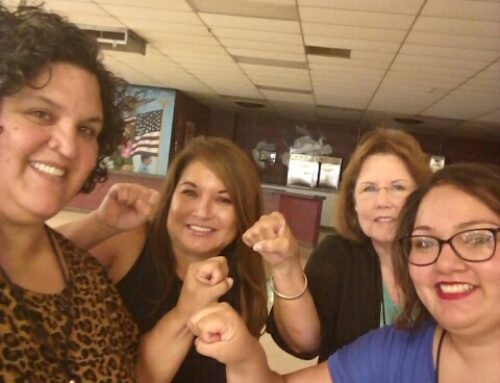The “new” world has a different set of skills and requirements students must be able to master in order to be successful. While this is an exciting and challenging time, some schools may not be preparing students for what lies before them. Can we afford to send students out of school without the skills needed to be competitive in the global workplace?
Fortune 500 companies have told the educational community they want people who can communicate, collaborate, create, and function effectively as part of a team. In the past, the traditional teacher had kids sitting in “cemetery rows” and told them to be quiet and do their own work. This may be no different today from the classrooms of the 1960s. Some schools are producing students who can bubble in an answer sheet and regurgitate enough information to pass a standardized test. Many students, though, walk across the graduation stage with little experience in producing products, minimal practice in collaboration with others, and no idea how to present information to a panel of colleagues.
One solution to this problem may be found through incorporating skills the corporate world desires into the curriculum we teach through project-based learning (PBL) and the use of mental models. In a PBL environment, students are asked to produce a product based on a real-world scenario. The state-mandated curriculum (TEKS in Texas) is still included in the lessons, but the way in which material is delivered and manipulated is different. For example, rather than standing in front of the room and lecturing to students about the myriad countries in a world geography class, students might be presented the following scenario (mental model):
The war-torn region of Darfur is in turmoil. This western region of Sudan has faced numerous issues that have caused economic chaos, drought, famine, as well as many other concerns. Your team has been hired by the consulting firm Worldwide Solutions to provide information and recommendations to the United Nations. The UN wants to provide assistance to the area but needs a recommendation for how to provide resources that will have the greatest impact on the people of the area. Your job is to produce a list of the issues facing Darfur and then provide a solution to the most pressing issue. Your team will present your final product to a panel of experts from the company.
This entry document serves as a mental model for the student task at hand. The scenario will provide a real-world framework for creation of the end product. The final product for each student group will be different. This allows for differentiation for the learner and may be assessed by developing a rubric. One team may produce a water filtration device that will solve the problem of clean, potable water for a community. Another may construct a model housing project to address the need for safe, affordable housing. Both groups addressed a problem facing the region, both came up with a solution, but from different points of view. The mental model provides the visual, but it also stimulates the students to think outside of the model.
PBL truly is a constructivist approach to learning. What is needed in the 21st century is the ability for students to construct, build, and create their own learning. Mental models are the key to putting our thoughts and constructs into patterns for learning. Mental models may be stories, two-dimensional representations, metaphors, or analogies. Through the use of these mental models, people are able to make sense of their world and better understand information. Students coming out of a PBL environment are prepared to conduct research and produce a product that is a viable solution to a real-world problem. When these students are employed in the workforce, they will have already had the experiences of collaborating with colleagues, creating solutions, and communicating results.
America watched as Bob Crippen landed the first space shuttle at Edwards Air Force Base in California. When he was asked what it was like landing the shuttle, he said, “I have done it a thousand times before—in my mind.” Kids need to be able to experience learning situations where they can visualize what it is going to be like working in the real world. The mental models that they construct will help them build the foundation for learning throughout their lives. When they are faced with issues that need to be solved, they will have the skills and ability to reach solutions because they “have done it a thousand times before—in their minds.”
What mental models or PBL methods are you using to insure student success in our changing world? If you have not used PBL, what questions or concerns do you have regarding its implementation?
-Creghan Casey
Casey Creghan of Huntsville, Texas, has been a professional educator since 1986. He has taught at the middle school, high school, and college level, and served as department chair, counselor, athletic director, coach, high school principal and dean of a STEM academy. Using Research Based Strategies, Inquiry Based Science, and Project Based Learning, Casey led his campus to the highest rating of exemplary. Casey has attended the Principals Center Institute at Harvard University: Redesigning High School Through Improved Instruction. His major research interests are in Project Based Learning and STEM education. He has coached and supported many teachers and administrators to help establish successful and effective teaching practices. Currently Casey serves as a Clinical Assistant Professor at Sam Houston State University where he teaches Human Growth and Learning and a Teacher Methods block for pre-service education students.

